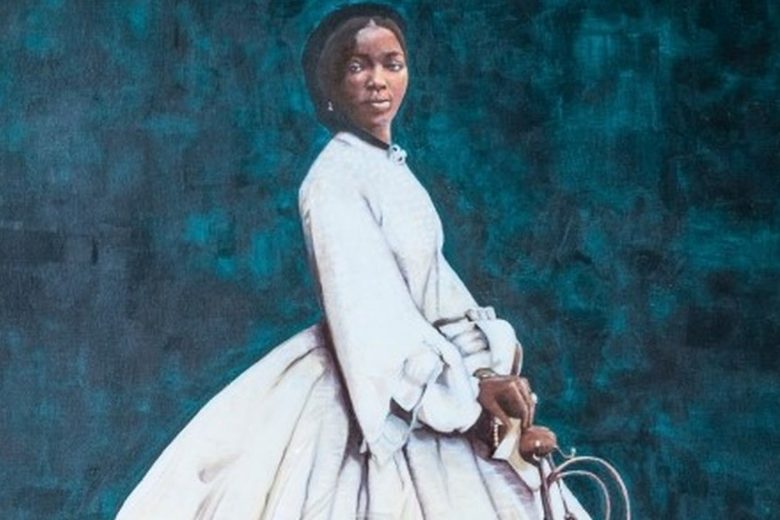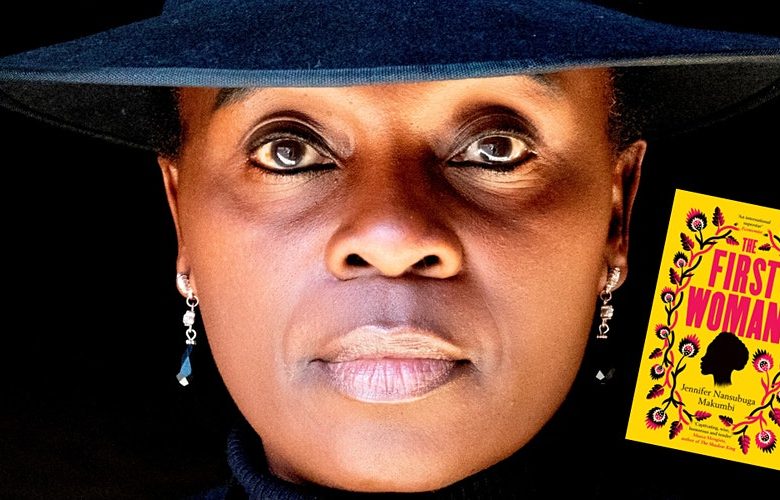The following history is taken from the Angolan Embassy in Belgrade, all copyright belong to the author.
The area was inhabited in prehistoric times, as attested by remains found in Luanda, Congo and the Namibe desert, but it was only thousands of years later, at the beginning of recorded history that more developed peoples arrived.
The first to settle were the Bushmen, great hunters, similar to pygmies in stature and with light brown skin. At the beginning of the sixth century AD, more advanced peoples with black skin, already in possession of metal-working technology, began one of the greatest migrations in history.
They were the Bantu, and they came from the north, probably from somewhere near the present day Republic of Cameroon. When they reached what is now Angola they encountered the Bushmen and other groups considerably less advanced than themselves, who they easily dominated with their superior knowledge of metal-working, ceramic and agriculture.
The establishment of the Bantu took many centuries and gave rise to various groupings who took on different ethnic characteristics, some of which persist to this day. The first large political entity in the area, known to history as the Kingdom of Congo, appeared in the thirteenth century and stretched from Gabon in the north to the river Kwanza in the south, and from the Atlantic in the west to the river Cuango in the east.
Their wealth came mainly from agriculture. Power was in the hands of the Mani, aristocrats who occupied key positions in the kingdom and who answered only to the all-powerful King of the Congo. Mbanza was the name given to a territorial unit administered and ruled by a Mani; Mbanza Congo, the capital, had a population of over fifty thousand in the sixteenth century.
The Kingdom of Congo was divided into six provinces and included some dependent kingdoms, such as Ndongo to the south. Trade was the main activity, based on highly productive agriculture and increasing exploitation of mineral wealth. In 1482, Portuguese caravels commanded by Diogo Cão arrived in the Congo. Other expeditions followed, and close relations were soon established between the two states.
The Portuguese brought firearms and an interesting religion; in return, the King of the Congo could offer slaves, ivory, and minerals.
The King of the Congo was soon converted to Christianity, and adopted a similar political structure to the Europeans; he became a well-known figure in Europe, to the point of receiving missives from the Pope himself.
To the south of the Kingdom of the Congo, around the river Kwanza, there were various important states, of which the Kingdom of Ndongo, ruled by the Ngola (King), was the most significant. At the time of the arrival of the Portuguese, Ngola Kiluange was in power, and by maintaining a policy of alliances with neighbouring states, managed to hold out against the foreigners for several decades. Eventually he was beheaded in Luanda. Years later, the Ndongo rose to prominence again when Jinga Mbandi, known as Queen Jinga, took power.
A wily politician, she kept the Portuguese in check with carefully-prepared agreements. After undertaking various journeys she succeeded in 1635 in forming a grand coalition with the states of Matamba and Ndongo, Congo, Kassanje, Dembos and Kissamas. At the head of this formidable alliance, she forced the Portuguese to retreat.
Meanwhile, Portugal had been occupied by Spain, and their overseas territories had taken second place. The Dutch took advantage of this situation and occupied Luanda in 1641. Jinga entered into an alliance with the Dutch, thereby strengthening her coalition and confining the Portuguese to Massangano, which they fortified strongly, sallying forth on occasion to capture slaves in the Kuata! Kuata! Wars.
Slaves from Angola were essential to the development of the colony of Brazil, but the traffic had been interrupted by these events.
In 1648 a large force from Brazil under the command of Salvador Correia de Sá retook Luanda, leading to the return of the Portuguese in large numbers.
Jinga’s coalition began to fall apart; the absence of their Dutch allies with their firearms, and the strong position of Correia de Sá, delivered a deadly blow to the morale of the native forces. Jinga died in 1663; two years later, the King of the Congo committed all his forces to an attempt to capture the island of Luanda, occupied by Correia de Sá, but they were defeated and lost their independence. The Kingdom of Ndongo likewise submitted to the Portuguese Crown in 1671.
The Portuguese colony of Angola was founded in 1575 with the arrival of Novais with a hundred families of colonist and four hundred soldiers. Luanda was granted the status of city in 1605. Trade was mostly with Brazil; Brazilian ships were the most numerous in the ports of Luanda and Benguela. Angola, a Portuguese colony, was in fact a colony of Brazil, paradoxically another Portuguese colony. A strong Brazilian influence was also exercised by the Jesuits in religion and education.
The philosophy of war gradually gave way to the philosophy of trade. The great trade routes and the agreements that made them possible were the driving force for activities between the different areas; warlike states become states ready to produce and to sell.
In the Planalto (the high plains), the most important states were those of Bié and Bailundo, the latter being noted for its production of foodstuffs and rubber.
However, the colonial power, becoming ever richer and more powerful, would not tolerate the development of these states and subjugated them one by one, so that by the beginning of this century the Portuguese had complete control over the area.
From 1764 onwards, there was a gradual change from a slave-based society to one based on production for domestic consumption. By 1850 Luanda was a great city, full of trading companies, exporting (together with Benguela) palm and peanut oil, wax, copal, timber, ivory, cotton, coffee, and cocoa, among other products. Maize, tobacco, dried meat and cassava flour also began to be produced locally.
The Angolan bourgeoisie was born. Meanwhile, the slave trade was abolished in 1836, and in 1844 Angola’s ports were opened to foreign shipping.
The Berlin Conference compelled Portugal to move towards the immediate occupation of all its colonial territories.
The territory of Cabinda, to the north of the river Zaire, was also ceded to Portugal on the legal basis of the Treaty of Simulambuko Protectorate, concluded between the Portuguese Crown and the princes of Cabinda in 1885. After a difficult and complicated process of implementation, the end of the nineteenth century saw the establishment of a colonial administration based directly on the territory and the people to be ruled.
With regard to the economy, colonial strategy was based on agriculture and the export of raw materials. Trade in rubber and ivory, together with the taxes imposed on the population, brought vast income to Lisbon. Portuguese policy in Angola was modified by certain reforms introduced at the beginning of the twentieth century. The fall of the Portuguese monarchy and a favourable international climate led to reforms in administration, agriculture, and education. With the advent of the New State, extended to the colony, Angola becomes a province of Portugal (Ultramarine Province).
The situation appeared calm and stable. But in the second half of the twentieth century, this calm was disrupted by the appearance of the first nationalist movements.
More overtly political organisations first appeared in the 1950s, and began to make organised demands for their rights, initiating diplomatic campaigns throughout the world in their fight for independence.
The colonial power, meanwhile, refused to accede to the nationalist’s demands, thereby provoking the armed conflict that came to be known as the ‘Armed Struggle’.
In this struggle, the principal protagonist were the MPLA (Popular Movement for the Liberation of Angola), founded in 1956, the FNLA (National Front for The Liberation of Angola), which appeared in 1961, and UNITA (National Union for the Total Independence of Angola), founded in 1966. After many years of conflict, the nation gained its independence on 11 November 1975.





